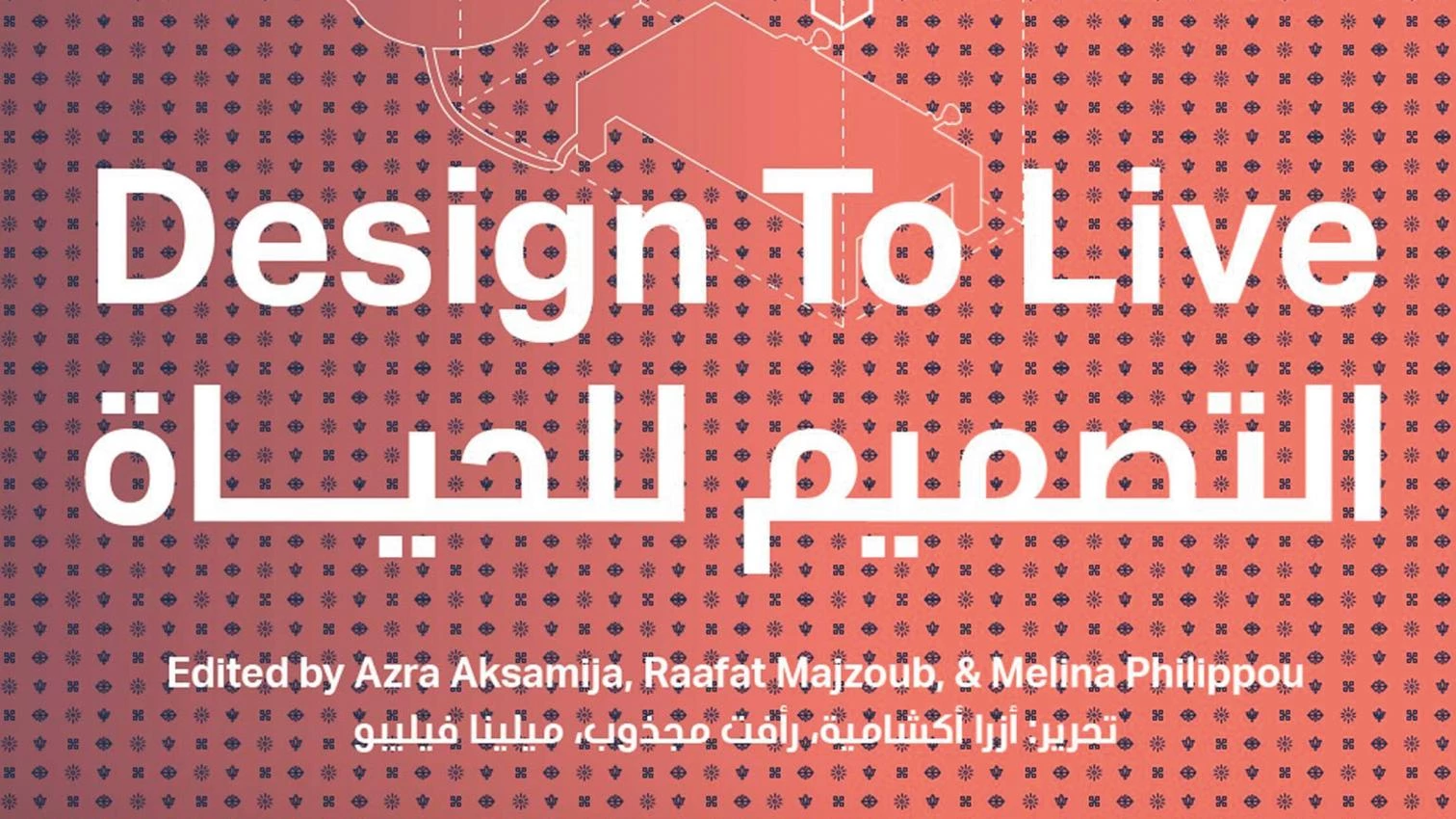
Scheherazade told stories in order to survive. The human being has always honed ingenuity at critical moments, and this book proves so. It looks at a refugee camp in the Jordanian desert where Syrian migrants forced to stay put have to harness their creativity, like the Persian princess, if they are to have a chance at life. In this real narrative, the cruel sultan is none other than the harshness of a standardized encampment, the scarcity of resources, and the indifference of the authorities.
A fruit of three years of collaboration between Future Heritage Lab at MIT and the inhabitants of the Azraq camp, here is a compilation of inventions that show how design can return humanity to a hostile environment. They are also small acts of resistance which put humanitarian aid to shame by revealing its incapacity to address the real needs of displaced people.
An edition in both English and Arabic results in a reversible book, with opening chapters of one language coinciding with closing ones of the other. Interviews with agents within and outside the camp (schoolteacher, local newspaper founder, architects, planning experts...) come with 21 creations that residents have created with resources at their disposal to make daily life in a temporary abode decent.
Many tackle specific essentials of an infrastructural nature; others seek to create homes in a more complete, wholesome sense, including room for visiting kin and swings for kids. All to make life alright for whole families staying more than a thousand and one nights in the hope of a happy ending.






